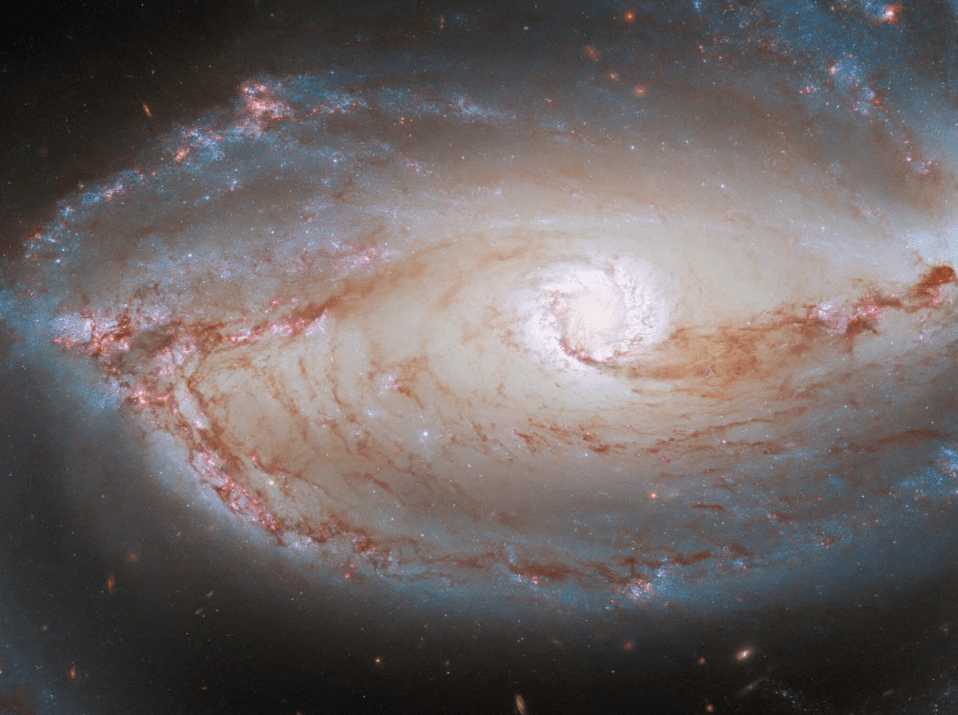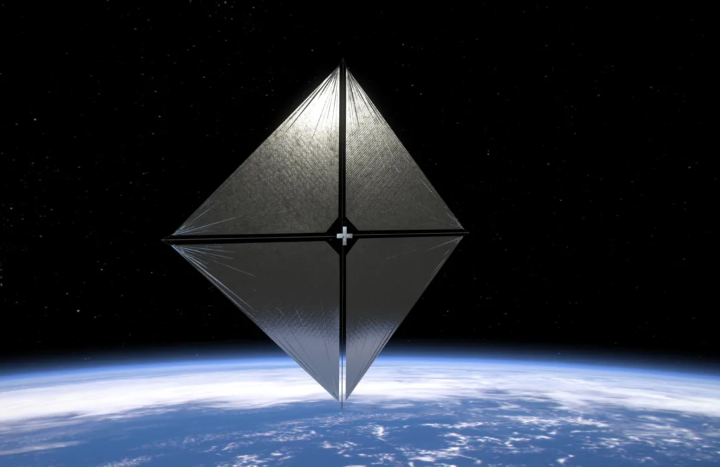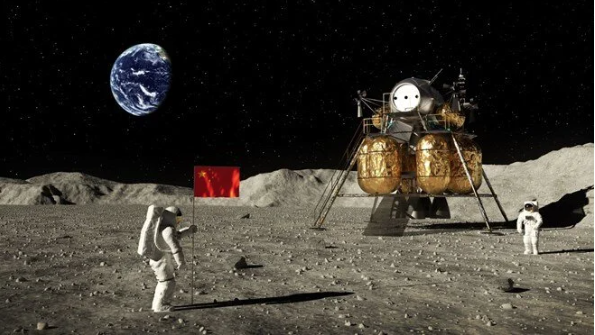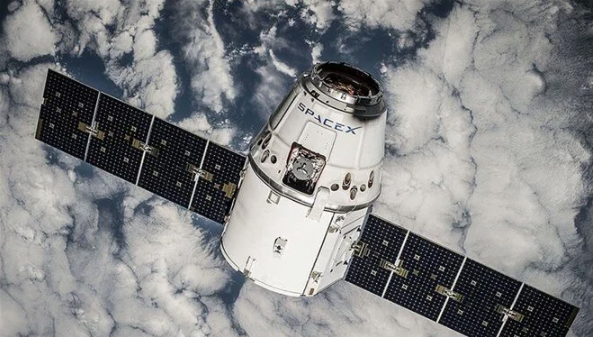The American Aeronautics and Space Agency (NASA) observed that “Something Weird” while trying to determine how fast the universe is expanding with data from the Hubble Space Telescope.
The discovery is associated with the completion of a nearly 30-year marathon in which researchers adjusted the telescope’s mileage markers to help measure the expansion rate of the universe.
- NASA clarifies the Mars mission: Two people will be in orbit, two people will be on the surface
- NASA launches the grand prize CineSpace short film competition
As the data became more conclusive, scientists discovered a “discrepancy” in the rate of expansion that occurred near us in the part of the universe that includes galaxies and galaxy clusters, compared with observations immediately after the Big Bang.
NASA said the difference predicted “another expansion value.” The data from the telescope supports the “idea that strange things happen” that have led to a whole new understanding of physics. However, the exact reason for the difference has not yet been determined.
The bizarre situation is detailed in a new paper by a team led by Nobel Laureate Adam Riess of the Space Telescope Science Institute and Johns Hopkins University.
NEWS: For decades after Edwin Hubble discovered myriad galaxies outside of our home galaxy, astronomers have toiled to nail down the expansion rate that would yield a true age for the universe. (1/6) pic.twitter.com/UsE8jF2bBP
— Hubble Space Telescope (@HubbleTelescope) May 19, 2022
Commenting on the data from the telescope, Riess said:
“From flawless telescopes and cosmic mileage signs, you get the most precise measure of the expansion rate of the universe. The Hubble Space Telescope was built to do this using the best techniques we know. This is probably Hubble’s masterpiece, because doubling the size of this sample would take another 30 years of Hubble’s lifespan.”
While astronomers can’t offer an explanation for the “bizarre” discovery right now, NASA said such unanswered questions make the study all the more intriguing for cosmologists like Riess. Riess commented:
“Actually, I don’t care what the expansion value is specifically, but I like to use it to learn about the universe.”
Scientists began their attempts to measure the expansion rate of the universe in the 1920s with measurements by American astronomer Edwin Hubble.
The Hubble Space Telescope, named after the astronomer, has been in use since 1990, allowing scientists to observe some of the most distant stars and galaxies ever.





